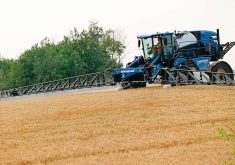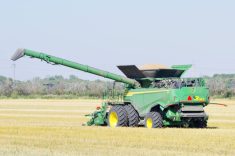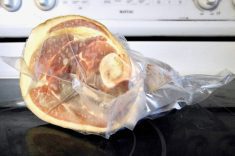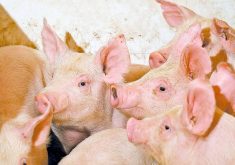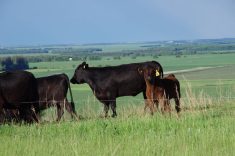Sir Paul McCartney, of pop music fame, once famously observed, “If slaughterhouses had glass walls, everyone would be vegetarian.”
Built into this statement is the assumption that most people are too squeamish to look what they eat in the eye, and there is a grain of truth there.
Most people prefer to only meet their meat at the butcher counter of the local grocery store, once it’s an inanimate object in a Styrofoam tray, encased in plastic wrap.
The companies selling meat to consumers understand that. It’s one of the most important reasons they include an absorbent pad at the bottom of the trays to “capture any leaking liquids” from a cut of meat, as one industry website helpfully explains.
Read Also
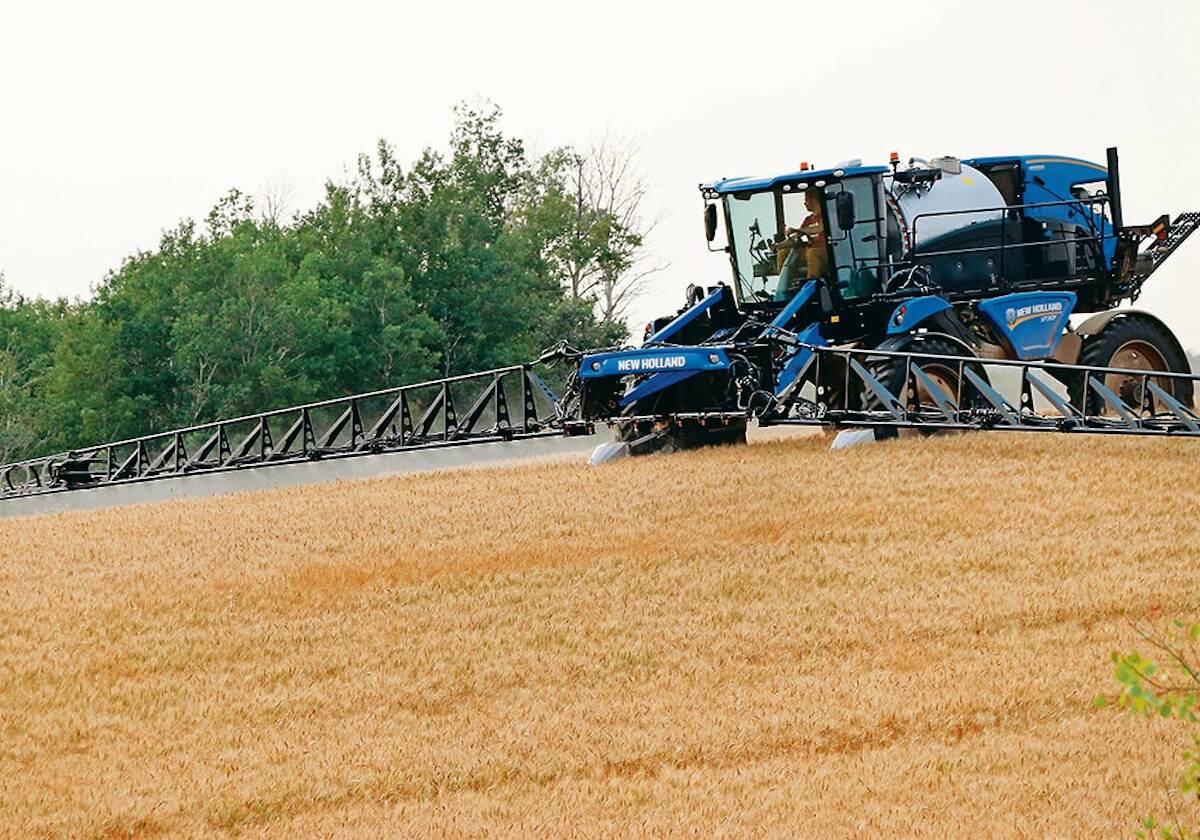
Farming still has digital walls to scale
Canadian farms still face the same obstacles to adopting digital agriculture technology, despite the years industry and policy makers have had to break them down.
It’s led to a natural tendency for animal agriculture to keep a low profile. It’s not that the sector is doing anything it should be ashamed of. Outside of a few high-profile hidden camera cases, most farmers treat their stock humanely and pay attention to animal welfare concerns.
In fact many livestock producers have spent a considerable amount of time, energy and money on things like implementing ‘enriched’ housing that pays more attention to the biological needs of the animals. These farmers know that animal welfare adds to the bottom line, rather than subtracts.
And while my experiences are absolutely anecdotal, I think many consumers are well satisfied by these efforts, if a few conversations with friends and acquaintances are any yardstick by which to measure. Most of the folks I encounter regularly are contented omnivores who will happily continue to eat meat. They just don’t want to know much about it, and expect that farmers will do their jobs and treat their animals well.
But that isn’t the whole story of course. There’s also a group that won’t eat meat, by choice, and that’s certainly their right. They come in two flavours, vegans and vegetarians.
Of the two, the vegetarians are frequently the most affable and flexible. Most of them continue to consume animal products like eggs and dairy, and some even have some animal protein in their diets. The most common is fish, but I count among my acquaintances one self-declared “vegetarian who loves bacon.”
It’s a running gag in our shared circle of friends that she takes her veggie burgers with a garnish of bacon on the top.
While I might gently tease her about her dietary choices, I’ve always made it clear that it’s also her right to eat whatever she chooses however she chooses. I share similar, albeit less attention-grabbing dietary quirks. I like broccoli, for example, unless it is cooked, and therefore ruined.
The vegans I have met over the years, on the other hand, tend to be much more vocal about their food choices and, dare one say it, a bit more self-righteous.
One joke I’ve heard a few times sums it up nicely: Q: ‘How do you know someone’s vegan?” A: “Don’t worry, they’ll tell you all about it.”
I’m sure there are live-and-let-live vegans out there but, again anecdotally, they appear to be in the minority.
It’s this sort of moral certainty that led to a recent showdown of sorts at an Alberta turkey operation.
As Glacier FarmMedia’s Alexis Kienlen recently reported, members of the Jumbo Valley Hutterite Colony, near Fort Macleod, arrived at their barns Sept. 2 to find three-dozen vegan animal activists were already there.
The loosely organized group frankly admitted they didn’t have any specific issues with this turkey operation, which by all accounts is well run and meets all prevailing standards. Rather, this ragtag band of animal rights activists have a problem with all animal agriculture and feel called to shine a spotlight for all to see.
To this end they refused to leave and allow the farm to get on with its business until the media showed up and they were all granted access to all of the barns at the site.
Faced with this demand, the colony simply stated the media could tour their barns, as they had nothing to hide.
Frankie Hofer, who manages the poultry operation, later wondered if they’d done the right thing.
I’d suggest not only did they do the right thing, the antidote is more of the same. Certainly biosecurity precludes opening the barn doors to all and sundry, but technology might offer the option of virtual open doors.
Webcams are cheap, they can be set up to stream 24-7, and they can offer a powerful and tangible counterpoint to anyone who claims Canadian farmers aren’t behaving behind the closed barn doors.
Think of it as stealing your opponents’ thunder. They claim transparency is their goal. What could be more transparent than a camera in the corner of the barn?
After all, just like Jumbo Valley Colony, no one here has anything to hide.
[email protected] Twitter: @GordGilmour








